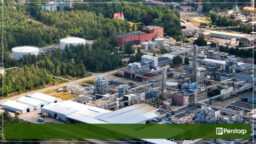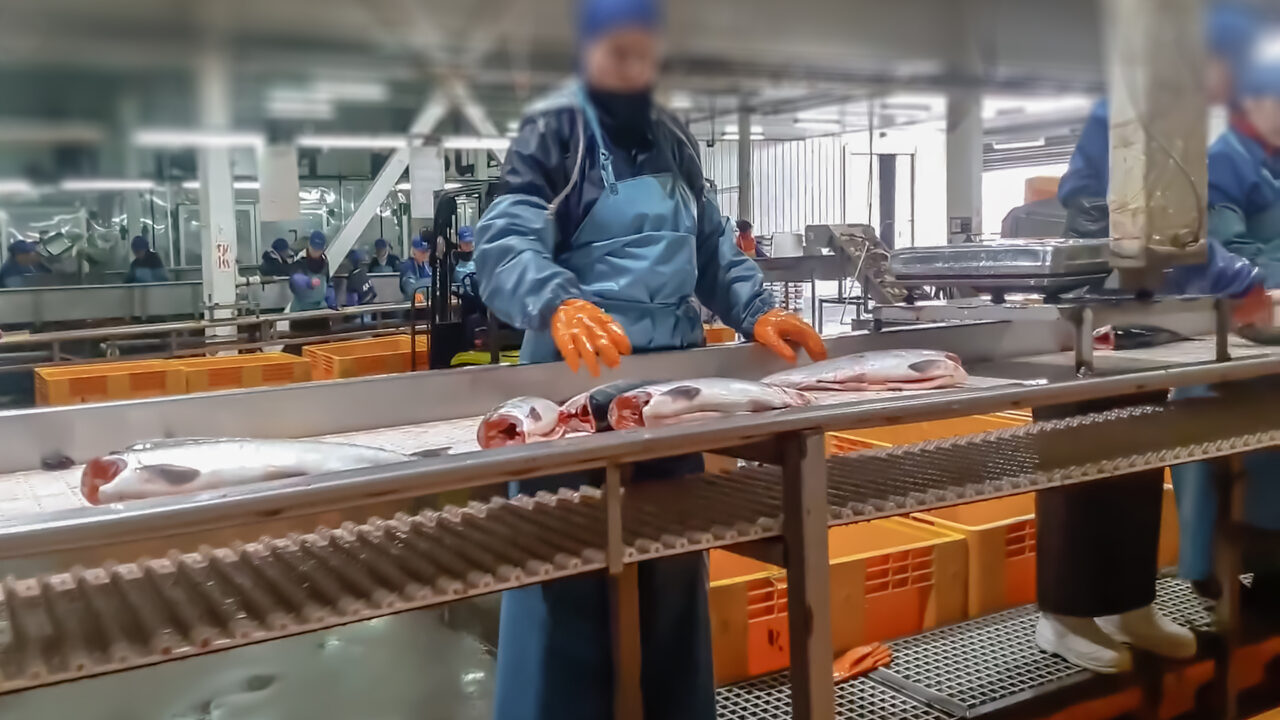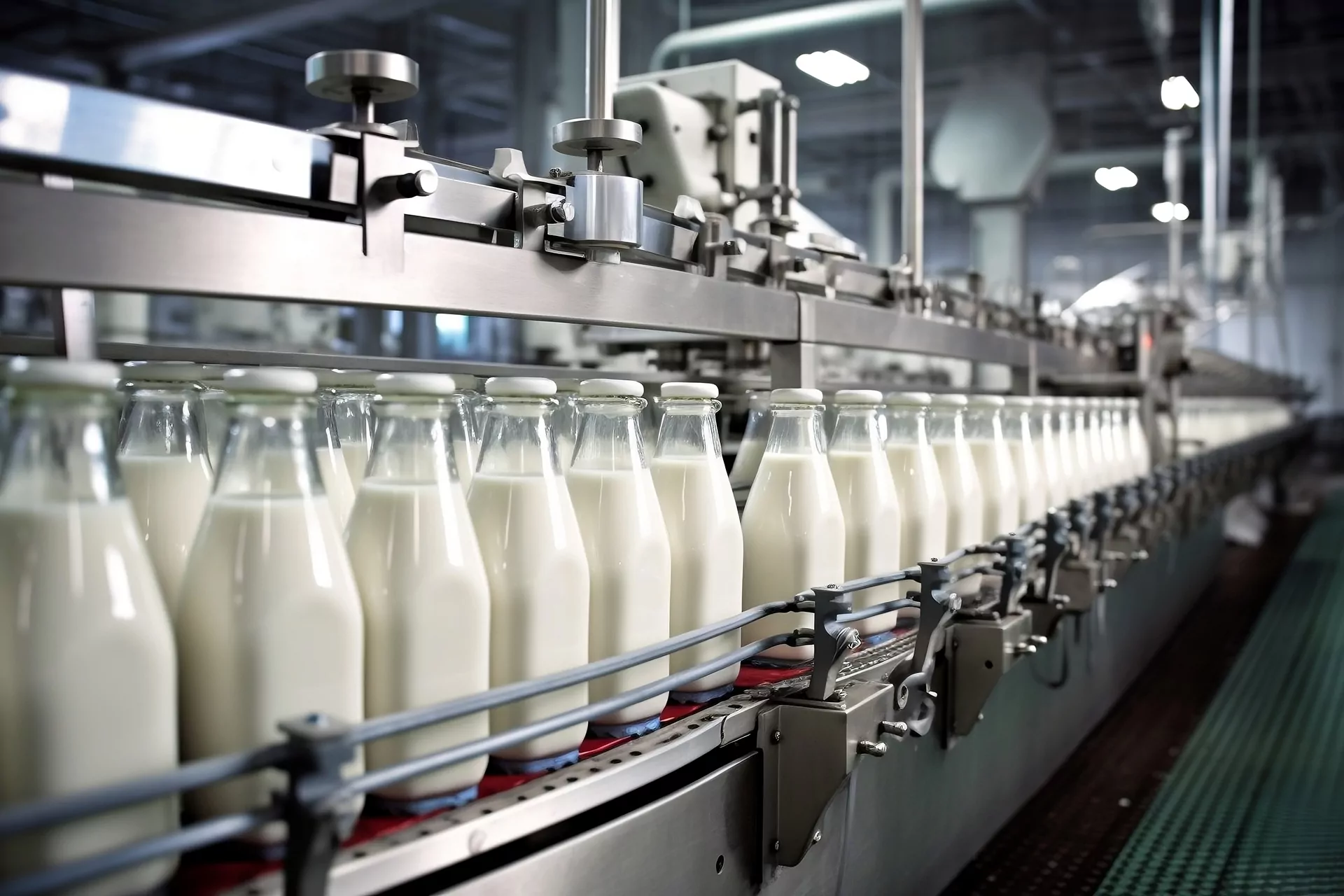Over the last few decades, many food-producing companies have implemented or tried to implement, Sales and Operations Planning (S&OP) processes with the intent of resolving a number of planning issues and establishing a balanced plan.
Sales & Operations Planning
S&OP is commonly defined as a set of decision-making processes which:
- balances demand and supply
- integrates financial planning and operational planning
- links high-level strategic plans with day-to-day operations.
The reality, however, is that S&OP is not implemented as intended. Planning becomes very “departmentalized” rather than holistic and fully integrated, which results in “sub-optimization” rather than optimization across the whole process.
Risks of traditional planning for food producers
Some of the risks experienced by food producers using this style of departmentalized planning process are described below:
Demand Review
- Sales will focus on producing a forecast that meets or exceeds profit/sales budget. There is a risk of bias distorting the forecast based on different KPI’s and/or experience and position.
- The forecast is generally produced with minor consideration for the production capacity, the optimal mix and/or the livestock/main supply availability.
- In the case where promotions are used as part of the sales and forecast process, these promotions are generally applied with little consideration of the need to ‘balance the input’ or of the resulting projected stock on hand, nor the profit impacts.
Operational review
- The sales forecast is then handed over to the production team where they try to understand what this plan means from a capacity and load perspective. They then work to understand the implications of the demand plan from a balancing of the input (milk, live-stock, carcass, fish, etc.) perspective – and do what they can do address these issues. However the production team might not be looking at this until 1-2 weeks out from execution, which means that the lead-time to address the issues is very short.
- Once Operations have understood the status of the surplus and the actual ‘livestock requirement’ the team sends this back to the sales team as well as the sourcing / life-stock team.
- The sales team will then have to urgently address the imbalance with promotions, freezing or possibly even dumping products which all have a negative impact on profit.
Supply review
- The sourcing team / live-stock / procurement team then need to try to execute the plan. Usually, there is a supply forecast but the poorer the forecast, the more expensive the live-stock emergency purchase and the last minute supplement purchase will be. All of this will have a negative effect on the overall profit.
- Sales works to ‘pull’ product through to meet their demand, but in reality, Supply ends up ‘pushing’ a quantity of (often pre-planned) supply into the supply chain – and planning/operations have to deal, on an ad-hoc basis, with the resulting inventory surpluses and shortfalls.
The end result is a fragmented process which is departmentalized, sub-optimized and reactive. It is more based on intuition than facts, biased and does not plan to maximize overall profit for the business.
Integrated Business Planning (IBP) for the rood processing industry
For the food processing industry the key is to balance the carcass to maximize the profit and the key components, while simultaneously managing (and possibly supplementing) sourcing, and keeping the pricing , promotions and product mix at an optimum.
Integrated business planning (IBP) improves the effectiveness of these planning processes by aligning and synchronizing an organization across all functions, with the objective of improving financial performance. IBP represents an holistic model of the company’s supply chain that does a better job of linking strategic planning and operational planning with financial planning. IBP does not discard S&OP – it adds value from the perspective of working to better implement S&OP.
How IBP works for the food processing industry
Well-executed IBP is ideally suited for the unique demands of the Food Processing Industry.
Demand review
Sales will focus on producing a forecast that meets or exceeds profit/sales budget. In this first plan, promotions should be used very sparsely, since promotions should primarily be used to maximize profit. (Instead of the common situation where promotions are used to purely drive sales without understanding the actual profit impacts) In the perfect scenario, the forecast is fully integrated with the complete supply chain including operations and supply. So when the first cut of the forecast is completed the sales team will test this forecast against the constraints of the entire supply chain. In this scenario, all the business rules and constraints are defined in the model. So by validating the first cut plan the team will be able to:
- Validate the ability to deliver the plan in full. If it’s not possible, they can start to understand what demand would be missed (because this is now made visible).
- Understand the impact on capacity vs load. Are there any capacity issues in delivering this plan?
- Understand the livestock requirements – the possibility of utilizing the minimum and maximum supply. i.e. can the plan be met from a supply point of view?
- Understand the projected stock on hand (surplus due to an unbalanced demand).
- Assess the bottom line ‘end to end’ profitability of the plan.
This first assessment will tell the team if they are able to fulfil the proposed sales demand and if they are meeting the sales and profit targets. If not then the sales team may look at revising the forecast using promotions or finding new short-term channels to drive sales and improve profit (‘balance the carcass’). If the capacity or supply were an issue then operations could start investigating and planning for these issues.
Operational review
If the first cut is not delivering the required result and the issues are on the operational side, then Operations will look at ways of adjusting and balancing the workload over time. In an ideal scenario, all the possible options for capacity adjustments would be built into the supply chain model and will be automatically addressed. This could be:
- the use of overtime
- the use of additional shifts
- optimal use of resources
- minimum plan utilization in kg or carcass
If not then the Operational Team would look at amending and adjusting these business constraints. Once this is done the model is tested again against the defined demand and the subsequent profit impacts.
Supply review
Where supply is a constraint for meeting sales and profit targets, then the Sourcing Team can action this. In the perfect world, all the contracts with prices can be defined, so when testing the model these contracts are considered. This would include main supply, as well as possible supplementary supply utilization if that would be applicable. If the target is not met, the Sourcing Team may need to review their contracts and alternate supply procurement or look at buying supplements if applicable. In this scenario, the change of the sourcing parameters will be updated in the model. Once it is in place, the model will be tested once again using the defined demand, and alternate scenarios can be tested for their business impact and profitability.
A holistic, integrated approach that maximizes profit
The key point is that in the IBP scenario everyone operates off one model, one set of data, one ultimate goal – maximizing profits. The model is holistic (sales, processing, sourcing and finance) and it is fully integrated. Any change made to any part of the supply chain will be considered from all aspects.
The ability to address issues in a timely fashion enables the supply chain teams to operate in an efficient way instead of operating in a mode of constant fire fighting.
In this process fire sales will be eliminated, urgent purchasing of expensive supply will be avoided, promotions will only be used to improve the bottom line, and you will clearly be able to understand where there are surpluses and shortages.
IBP will enable businesses in the food processing industry to balance the carcass to maximize the profit and the key components, while simultaneously managing (and possibly supplementing) sourcing, and keeping the pricing, promotions and product mix at an optimum.
If you’d like to learn more about how Optimity works with food processing companies to bring about supply chain transformation, read the Anzco story. Or download this white paper to learn more about Integrated Business Planning.
Get all the latest industry trends, updates & news from Optimity
















